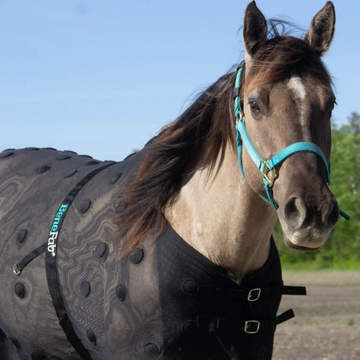What is a stifle joint?
The stifle joint is the largest in your horse’s body. It is similar to the knee of a human. The femur and tibia meet at the stifle joint to form the upper leg. The patella is located over the joint for protection. This joint moves just like a hinge, flexing and extending. However, the joint cannot move laterally.
On top of the two long bones part of this joint, there are all four main ligaments: medial collateral (MCL), lateral collateral (LCL), anterior cruciate (ACL), and posterior cruciate (PCL). There are also ten other ligaments and two menisci supporting this joint.
What issues can your horse have with his stifle joint?
The stifle joint is vital and intricate. Young horse and pony breeds can experience sticky stifles where the patella can catch intermittently. Additionally, a horse can experience lameness in the stifle joint.
Some symptoms that your horse may experience with a stifle injury are:
• Lameness
• Locking patella
• Swelling
• Thickening of the joint
• Rough canter
• Discomfort
• Shortened stride
Can you prevent issues with the stifle joint?
Altogether, stifle joint lameness is not entirely preventable. However, there are some things you can do to fend it off as much as possible.
First, physical therapy, including muscle and joint strengthening, is the best way to avoid stifle joint issues. Turnout and regular exercise are great ways to add this exercise into the daily routine.
Additional strength and muscle training will further improve your chances. Hill work is an excellent way to exercise the stifles, hips, and pelvis.
Finally, manage your horse’s weight to a healthy number. Overweight horses are significantly more prone to stifle lameness.
How do I treat stifle joint issues?
If you catch the condition early enough, your horse may respond to the basic treatments of NSAIDs and rest. Even steroid injections can help with the swelling around the joint. When the condition progresses past this point, there are a few medicinal and surgical options available.
Medicinal
 Medicine can go a long way in treating your horse’s stifle joint issues. Veterinarians can inject estrogen, IRAP, or PRP into the stifle joint. Estrogen increases the tension in the ligaments. On the other hand, IRAP is an anti-inflammatory. Finally, PRP promotes healing in the joint and soft tissues.
Medicine can go a long way in treating your horse’s stifle joint issues. Veterinarians can inject estrogen, IRAP, or PRP into the stifle joint. Estrogen increases the tension in the ligaments. On the other hand, IRAP is an anti-inflammatory. Finally, PRP promotes healing in the joint and soft tissues.
An alternative treatment that may result in healing is the injection of stem cells into the joint. A veterinarian will harvest the stem cells from the horse and inject them to promote healing.
Surgical
Advances have been made in veterinary surgery to allow for arthroscopic surgery on horses. This surgery can correct any issues in the joint or explore unknown issues.
Desmotomy is a surgery used to correct a torn medial patellar ligament. It is a much more invasive surgery reserved for the most severe cases.
Finally, a non-surgical option is specialized corrective shoeing. Discuss with your farrier how to improve your horse’s comfort and gait by trimming the shoes appropriately.
You can also use the Benefab SmartScrim to increase circulation, decrease pain, and increase mobility in that area. With targeted medical-grade magnets and far-infrared-infused fabric, the SmartScrim works double time to keep your horse feeling amazing.






















